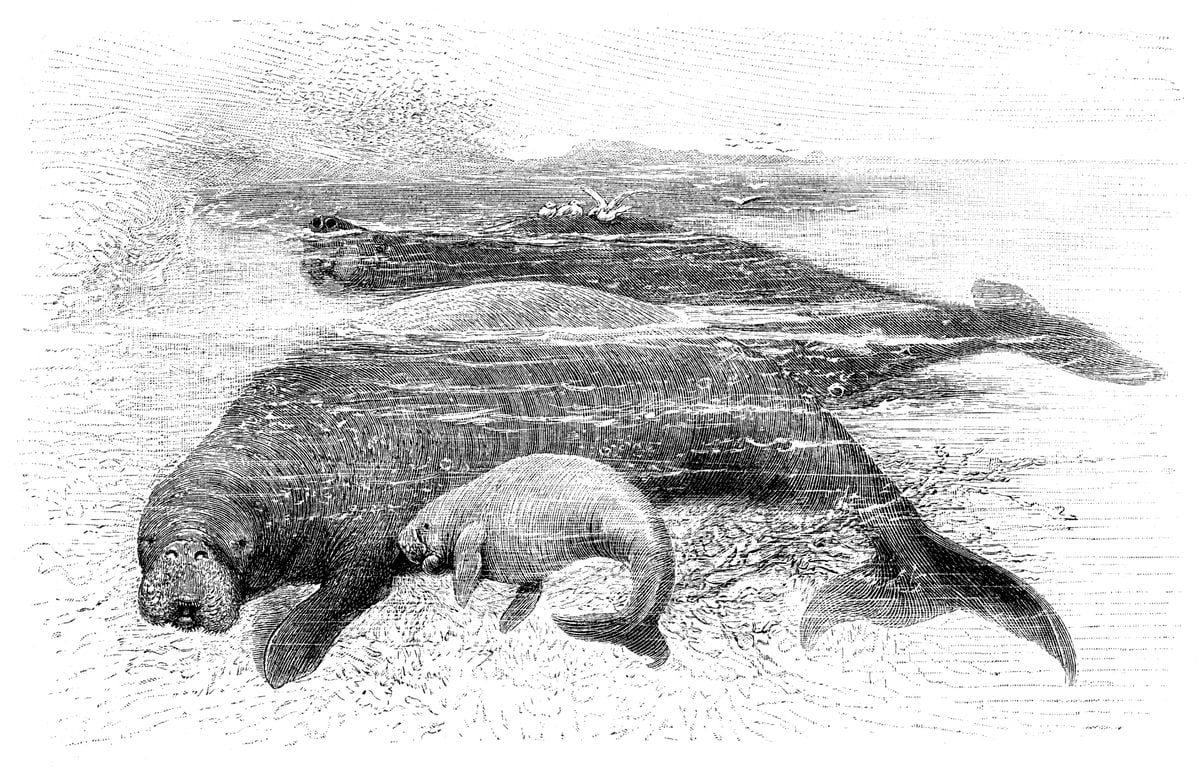Is the vaquita porpoise out of danger of extinction?
8:37
(CNN Spanish) --
The vaquita marina, a rare marine species that lives in the upper Gulf of California, in Mexico, is on the verge of disappearing and its population has been reduced by 98.6% in the last decade, according to a study published in The Royal Society Open Science.
If illegal fishing does not end, scientists warn that its extinction could be imminent after only about 10 vaquitas were identified in the waters of the Sea of Cortez, their refuge between Baja California and Puerto Peñasco in Sonora.
Why are vaquita porpoises so special?
8 facts about the "world's rarest" mammal that is about to become extinct
On the occasion of the International Day of the Vaquita Marina, which is celebrated on July 18, learn the reasons why the world's smallest porpoise could disappear very soon, how many currently remain and what its conservation depends on.
Illegal fishing, your biggest enemy
The fate of the vaquita marina —
Phocoena sinus,
a species of porpoise, which is itself a family of cetaceans — depends on another marine animal that inhabits the same region: the totoaba fish, which is similar to the snook and has a bladder highly coveted swimming pool in China.
But why is it threatened?
What happens is that the vaquitas are accidentally captured and drown after being trapped in the gillnets that are illegally placed to catch the totoaba, also classified as vulnerable in the Red List of Endangered Species of the International Union for the Conservation of Nature. Nature Conservation.
advertising
How to control illegal fishing in Mexico?
4:39
And it is that in traditional Chinese medicine it is believed that dried fish maws are aphrodisiacs and offer endless health benefits.
On the black market in that country, kilograms of maw can be sold for up to US$8,000, according to the Mexican government.
Not in vain has it been called "the cocaine of the sea".
How many vaquitas are left and where do they live?
The vaquita porpoise is an endemic species of the Gulf of California, also known as the Sea of Cortez, in northwestern Mexico, which means that it only lives there.
Specifically, its distribution range is "north of an imaginary line that connects Puertecitos in Baja California and Puerto Peñasco in Sonora," according to the National Commission of Protected Areas (Conanp) of Mexico.
The number of vaquitas is alarmingly low, as well as the speed with which the population of this mammal decreased: in 1997 it was estimated that there were just over 560 specimens, according to the International Union for Conservation of Nature, the figure dropped to 200 by 2005 and about 15 years later there are about a dozen left.
There are only 10 vaquitas left in the world, but there is still hope that they survive
In the most recent count, from 2021, researchers estimate that there were about 10 vaquitas in the zero-tolerance zone, a 288-square-kilometer polygon in the upper Gulf of California where fishing is prohibited, as is access to any boat. , unless authorized.
What does its conservation depend on?
Although it sounds like an obvious solution, scientists keep warning that the only way to conserve this species is to put an end to illegal fishing.
In 1997 there were 567 vaquitas left, which led to the creation of the International Committee for the Recovery of the Vaquita (CIRVA), made up of expert scientists in cetaceans who had the objective of advising the Government of Mexico to create a recovery plan.
From its first meeting, CIRVA concluded that gillnets were the greatest threat to the vaquita and has since emphasized the need to reduce vaquita bycatch to zero and develop alternative fishing gear.
"In a very short period of time, a series of accidental events in a certain place and time could generate the definitive disappearance of the species; the risk is imminent of continuing illegal fishing as it has been until now," said Luis Medrano González, researcher and professor at the Faculty of Sciences of the Autonomous University of Mexico.
First sighting of the vaquita marina in 2019 1:01
Mexico has banned totoaba fishing and made gillnet fishing illegal in places where vaquitas live, but the practice continues unabated.
"The problem of the vaquita is clear: its high mortality in fishing nets, specifically those used for totoaba, a fish that is also at risk and whose capture is prohibited in principle," added Medrano González.
In 2021, the Ministry of Agriculture and Rural Development of the Government of Mexico reported that it defined new indicators "for the verification, surveillance and supervision" of fishing in the northern Gulf of California.
With information from Ashley Strickland and Angela Reyes
Endangered species Vaquita marina




/cloudfront-eu-central-1.images.arcpublishing.com/prisa/2AHIF45KBJA4LPB2NDBYF3OS2Q.bmp)

